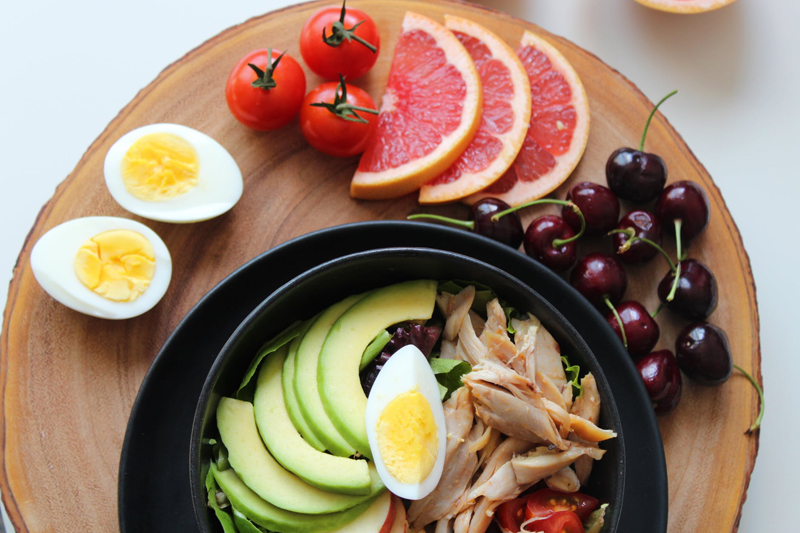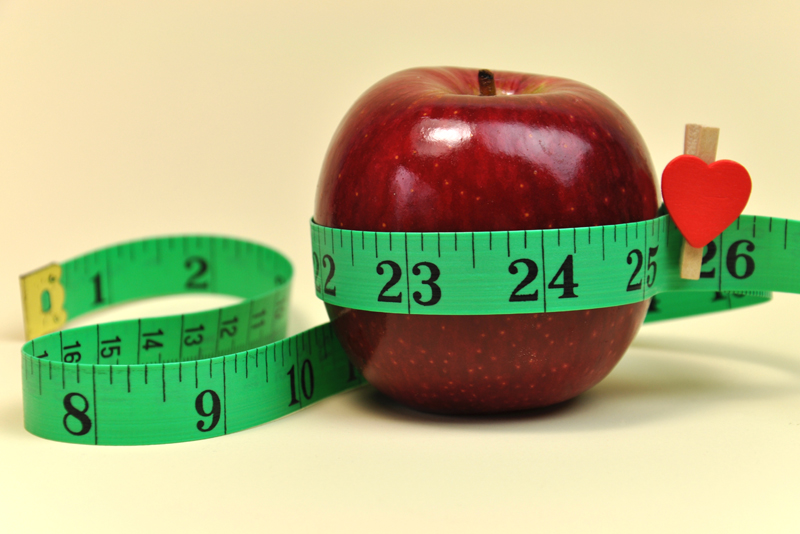Iron Rich Food List

A healthy low carb diet (or any diet for that matter) needs to be rich in vitamins and minerals. One nutrient that should be paid attention to is iron. Iron is a critical mineral for all humans to have in their system.
Iron is especially important for women of menstruating age, but it is necessary for all humans to get enough iron. Iron is used by the blood to carry oxygen around your body. If your blood is low in iron this is called anemia and can be a very serious health problem. According to the US Center for Disease Control (CDC), iron deficiency is the top deficiency issue currently in the US. Being low in iron can lead to sluggishness, lack of focus, and immune system issues.
The US RDA for iron for women in their menstrual years is about 18mg a day. For adult women who are pre- or post-menopausal, and for men, it is 8mg a day. Pregnant women need higher levels, and interesting children need 7-11mg a day depending on their age. It's important to look up exactly where you are on the charts to make sure you get enough but not too much.
That is because, while you need to get enough iron, you should also not overdose on iron. Taking massive amounts of iron causes its own problems. Stay near the daily RDA amounts.
Here are some ideas for getting enough iron into your daily diet.
Sesame seeds (3.5oz) - 10mg
Cashew nuts (3.5oz) - 6.2mg
Almonds (3.5oz) - 3mg
Watercress (3.5oz) - 2.2mg
Lean beef (3.5oz) - 2.5mg
Hard boiled egg (1) - 1.1mg
As you can see, it's rather difficult to get ample amounts of iron into you without taking supplements. You might think that eating a hamburger every day gives you ample iron - but if you're a menstruating woman, that will barely bring you up to a sixth of what you should be eating each day.
I highly recommend taking a daily multivitamin that has your full recommended amounts of iron in it. Most women's vitamins, for example, loudly proclaim their "plus iron" right on the label for this reason. They know how important it is for women to replenish the iron that is bled out of them naturally each month.

Lisa Shea's Library of Low Carb Books
Iron is especially important for women of menstruating age, but it is necessary for all humans to get enough iron. Iron is used by the blood to carry oxygen around your body. If your blood is low in iron this is called anemia and can be a very serious health problem. According to the US Center for Disease Control (CDC), iron deficiency is the top deficiency issue currently in the US. Being low in iron can lead to sluggishness, lack of focus, and immune system issues.
The US RDA for iron for women in their menstrual years is about 18mg a day. For adult women who are pre- or post-menopausal, and for men, it is 8mg a day. Pregnant women need higher levels, and interesting children need 7-11mg a day depending on their age. It's important to look up exactly where you are on the charts to make sure you get enough but not too much.
That is because, while you need to get enough iron, you should also not overdose on iron. Taking massive amounts of iron causes its own problems. Stay near the daily RDA amounts.
Here are some ideas for getting enough iron into your daily diet.
Sesame seeds (3.5oz) - 10mg
Cashew nuts (3.5oz) - 6.2mg
Almonds (3.5oz) - 3mg
Watercress (3.5oz) - 2.2mg
Lean beef (3.5oz) - 2.5mg
Hard boiled egg (1) - 1.1mg
As you can see, it's rather difficult to get ample amounts of iron into you without taking supplements. You might think that eating a hamburger every day gives you ample iron - but if you're a menstruating woman, that will barely bring you up to a sixth of what you should be eating each day.
I highly recommend taking a daily multivitamin that has your full recommended amounts of iron in it. Most women's vitamins, for example, loudly proclaim their "plus iron" right on the label for this reason. They know how important it is for women to replenish the iron that is bled out of them naturally each month.

Lisa Shea's Library of Low Carb Books
You Should Also Read:
Vitamins and Nutrients – Low Carb Reference
Benefits of Daily Multivitamins
USDA RDA Vitamin Recommendations

Related Articles
Editor's Picks Articles
Top Ten Articles
Previous Features
Site Map
Follow @LisaLowCarb
Tweet
Content copyright © 2023 by Lisa Shea. All rights reserved.
This content was written by Lisa Shea. If you wish to use this content in any manner, you need written permission. Contact Lisa Shea for details.










